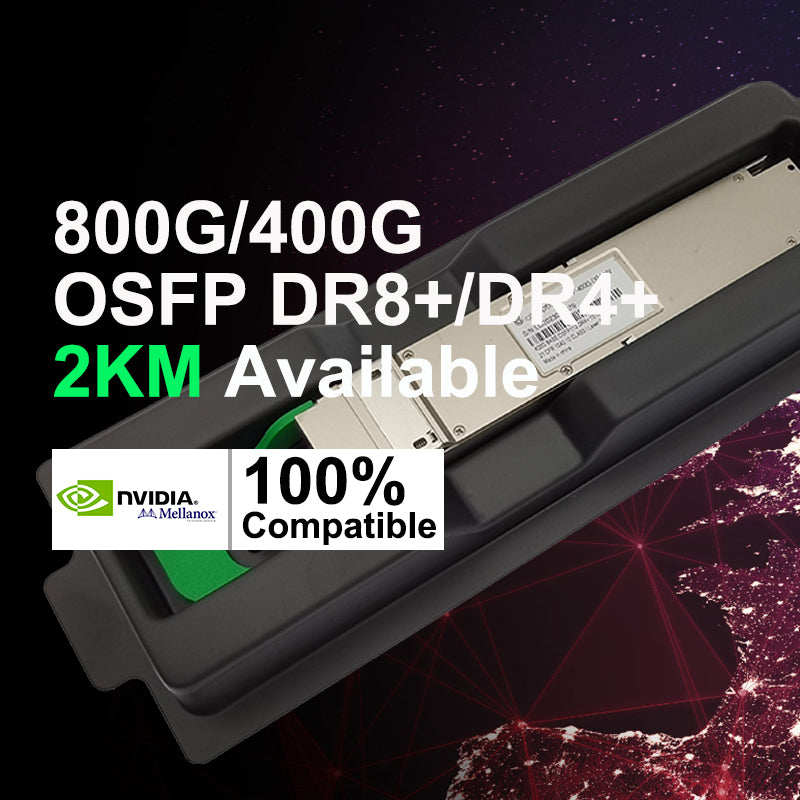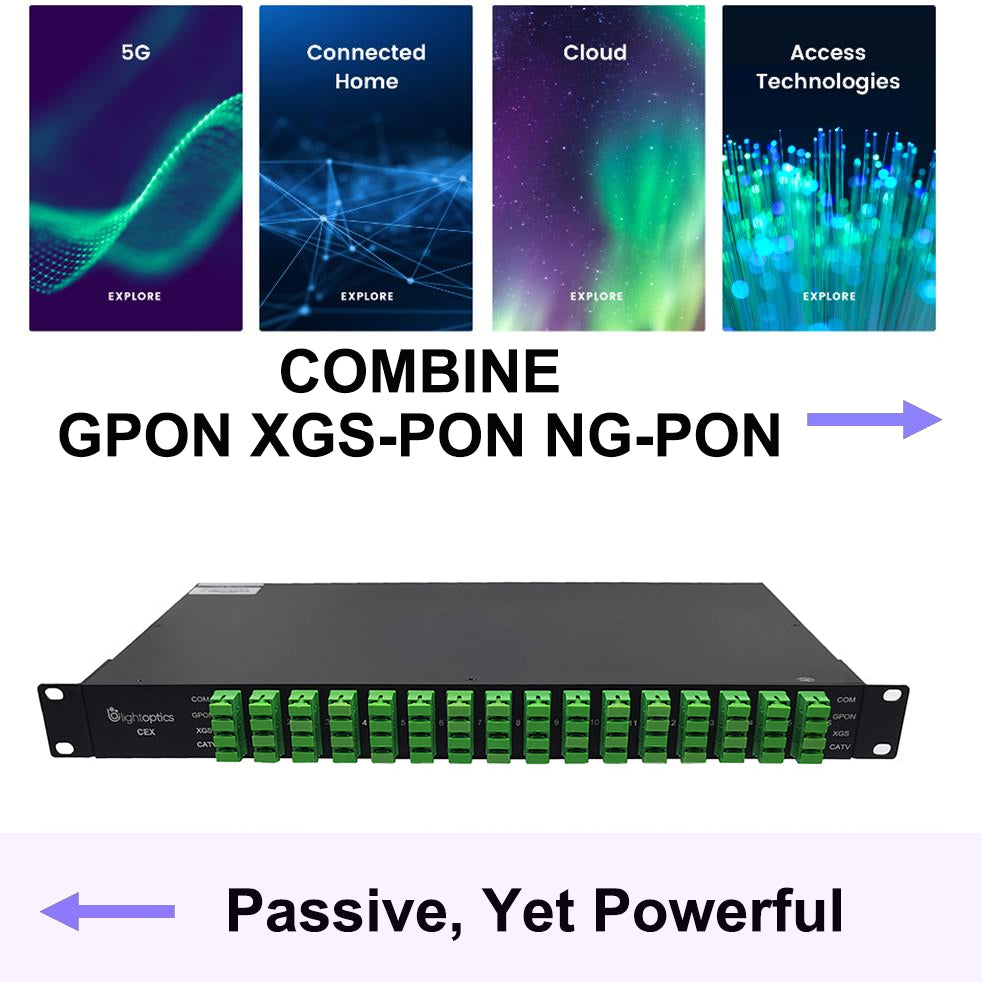Fiber Optic Pigtail: Types and How to Splice It?
In fiber optic cable installation, how cables are attached to the system is vital to the success of network. If done properly, optical signals would pass through the link with low attenuation and little return loss.
What is Fiber Optic Pigtail?
A fiber pigtail is a single, short, usually tight-buffered fiber optic cable with a factory-installed connector on one end, and un-terminated fiber on the other end. It is a fiber cable end with fiber optic connectors at only either side of the cable while leaving sleep issues no connectors, so the connector side could be from the equipment and the other part can be melted with optical cable fibers.
A fiber pigtail usually has an optical connector pre-installed at one end and where the other end bare fiber is used for fusion splicing to another fiber. The end of the pigtail is stripped and fusion spliced to a single fiber of a multi-fiber trunk. Splicing of pigtails to each fiber within the trunk “breaks out” the multi-fiber cable into its component fibers for connection to the end equipment. Pigtails can have female or male connectors and usually unjacketed in order to be spliced and then protected in a fiber splice tray with a mechanical or thermal splice joint protector.

Fiber Pigtail vs Fiber Patch Cord: What is the Difference?
A patch cable, also known as patch cord or patch lead, is an electrical or optical fiber cable used to connect one electronic or optical device to another. The connectors of a patch cord can be installed at the ends with the same type of connector or different ones, for example, it can have an SC connector at both ends or it can have an SC connector at one end and an LC connector on the other end. Fiber optic patch cords are jacketed and are available in simplex (1 fiber), duplex (2 fibers), or in multiple fiber counts like MPO (12 fibers).
Fiber patch cord could have two different connectors installed on each end, such as from SC to ST. While fiber pigtails have only one connector. The main difference between these two cables is that pigtails have one side terminated with a connector and other side ends with bare fibers, while patch cords have two connectors terminated on both ends.
Fiber Optic Pigtail Types
Fiber optic pigtails are available in various types: Grouped by pigtail connector type, there are LC fiber optic pigtails, SC fiber pigtails and ST fiber pigtails, etc.
By Fiber Type
- Single-mode Fiber Optic Pigtail: It use 9/125 micron single-mode fiber cable and terminated with single-mode fiber connectors at one end.
- Multimode Fiber Optic Pigtail: It use 62.5/125 micron or 50/125 micron bulk multimode fiber cables and terminated them with multimode fiber optic connectors at one end. 10G multimode fiber cables (OM3 or OM4) are also available in fiber optic pigtails. The jacket color of 10G OM3 and OM4 fiber optic pigtail is usually aqua.
By Connector Type
According to different types of pigtail cable connector terminated at the end, there are LC fiber pigtail, SC fiber pigtail, ST fiber pigtail, FC fiber pigtail, MT-RJ fiber pigtail, E2000 fiber pigtail and so on. With different structures and appearance, each of them has their own advantages in different applications and systems. Let’s go through some widely used ones.
- SC FiberOptic Pigtail: Its connector is a non-optical disconnect connector with a 2.5mm pre-radiused zirconia or stainless alloy ferrule. SC fiber pigtail is economical for use in applications such as CATV, LAN, WAN, test and measurement.
- ST FiberOptic Pigtail: It is the most popular connector for multimode fiber optic LAN applications. It has a long 2.5mm diameter ferrule made of ceramic (zirconia), stainless alloy or plastic. Hence SC fiber pigtails are commonly seen in telecommunications, industry, medical and sensor fields.
- FC FiberOptic Pigtail: It takes the advantage of the metallic body of FC optical connectors, featuring the screw type structure and high precision ceramic ferrules. FC fiber optic pigtails and its related products are widely applied for the general applications.
By Application Environment
- Armored Pigtail:It enclosed with stainless steel tube or other strong steel inside the outer jacket, armored fiber optic pigtails provide extra protection for the fiber inside and added reliability for the network, while reduce the unnecessary damage caused by rodents, construction work, weight of other cables.
- Waterproof Pigtail:It designed with a stainless steel strengthened waterproof unit and armored outdoor PE (Poly Ethylene) jacket, waterproof fiber pigtail is a great fit in harsh environments, like communication towers, CATV and military. Waterproof pigtail cable boosts good toughness, tensile and reliable performance, facilitating the use in outdoor connections.
By Fiber Count
Fiber optic pigtails could have 1, 2, 4, 6, 8, 12, 24 and 48 strand fiber counts. Simplex fiber optic pigtail has one fiber and a connector on one end. Duplex fiber optic pigtail has two fibers and two connectors on one end. Each fiber is marked “A” or “B” or different colored connector boots are used to mark polarity. Similarly, 4, 6, 8, 12, 24, 48 and more than 48 fibers fiber optic pigtails have their corresponding feature.

Fiber Optic Pigtail Splicing: Easy and Fast Fiber Termination
The quality of fiber pigtail is typically high because the connectorized end is attached in the factory, making it more accurately than a field-terminated cables. It can be attached to optical fibers by fusion or mechanical splicing. Given the access to a fusion splicer, you can splice the pigtail right onto the cable in a minute or less, which greatly speeds the splicing and saves significant time and cost spent on field termination. While for mechanical fiber optic pigtail splicing, it precisely holds a fiber optic pigtail and fiber patch cord together, the joint could be temporary or permanent, enabling light to pass from one fiber to the other. Always ordering fiber pigtail assembly a few feet more than you’ll need. The extra slack allows for splicing errors to be corrected. Besides, selecting fiber pigtail assembly with reliable quality would made the splicing process way easier.
Conclusion
Fiber optic pigtail serves as a feasible and reliable solution for easier fiber termination, which present a feasible and reliable solution for easier fiber termination, effectively saving operating time and labour cost. The performance of fiber pigtail matters a lot, so the quality of connector, ferrule material as well as cable length of pigtails should be considered to ensure easier fiber termination.












